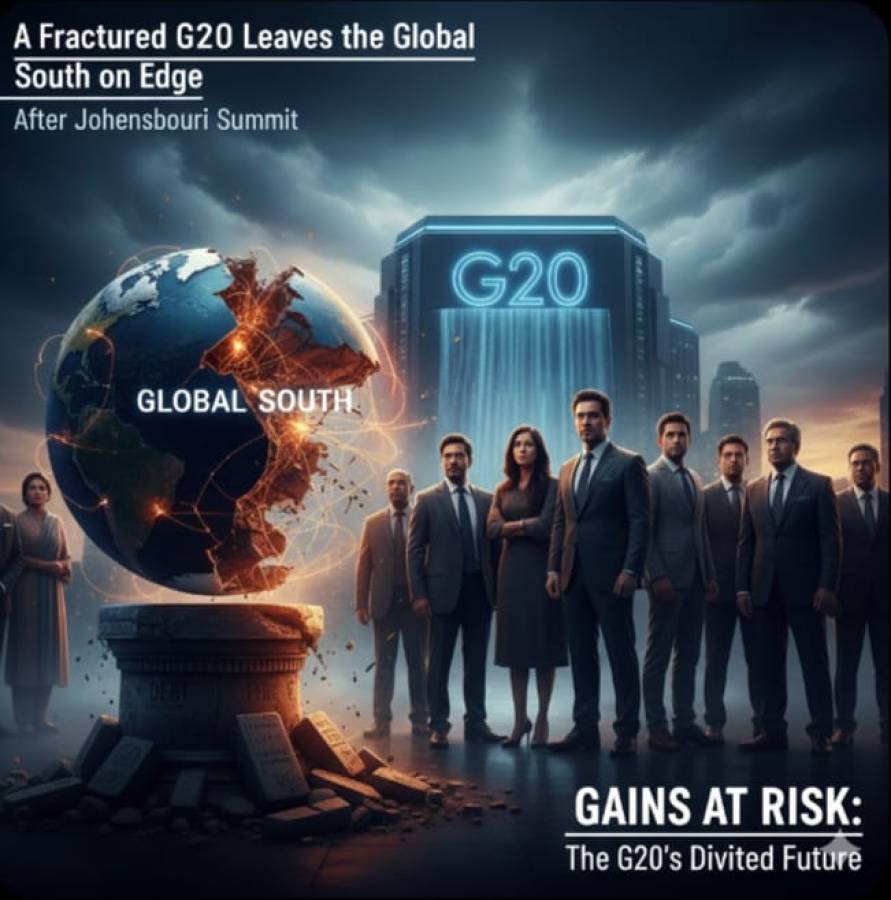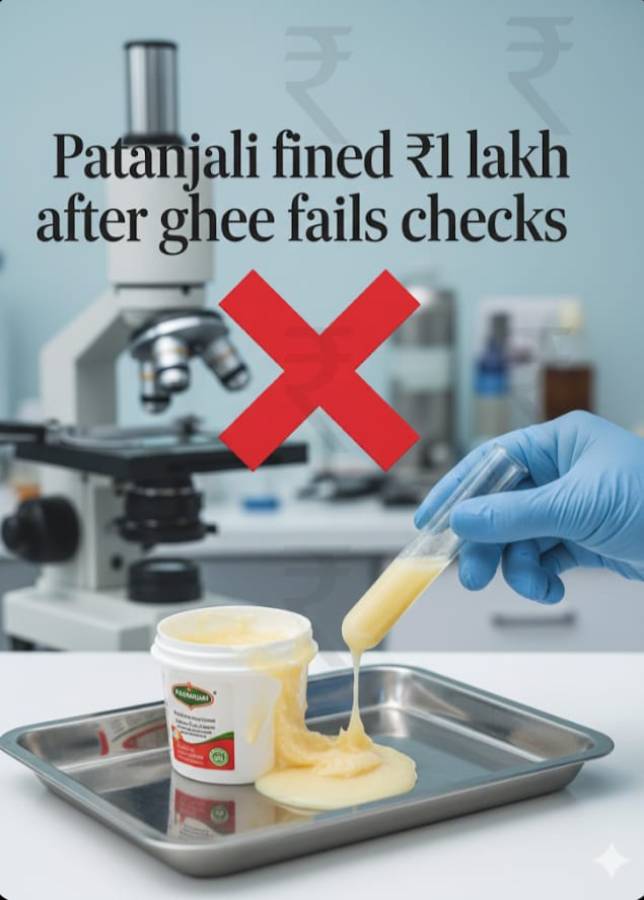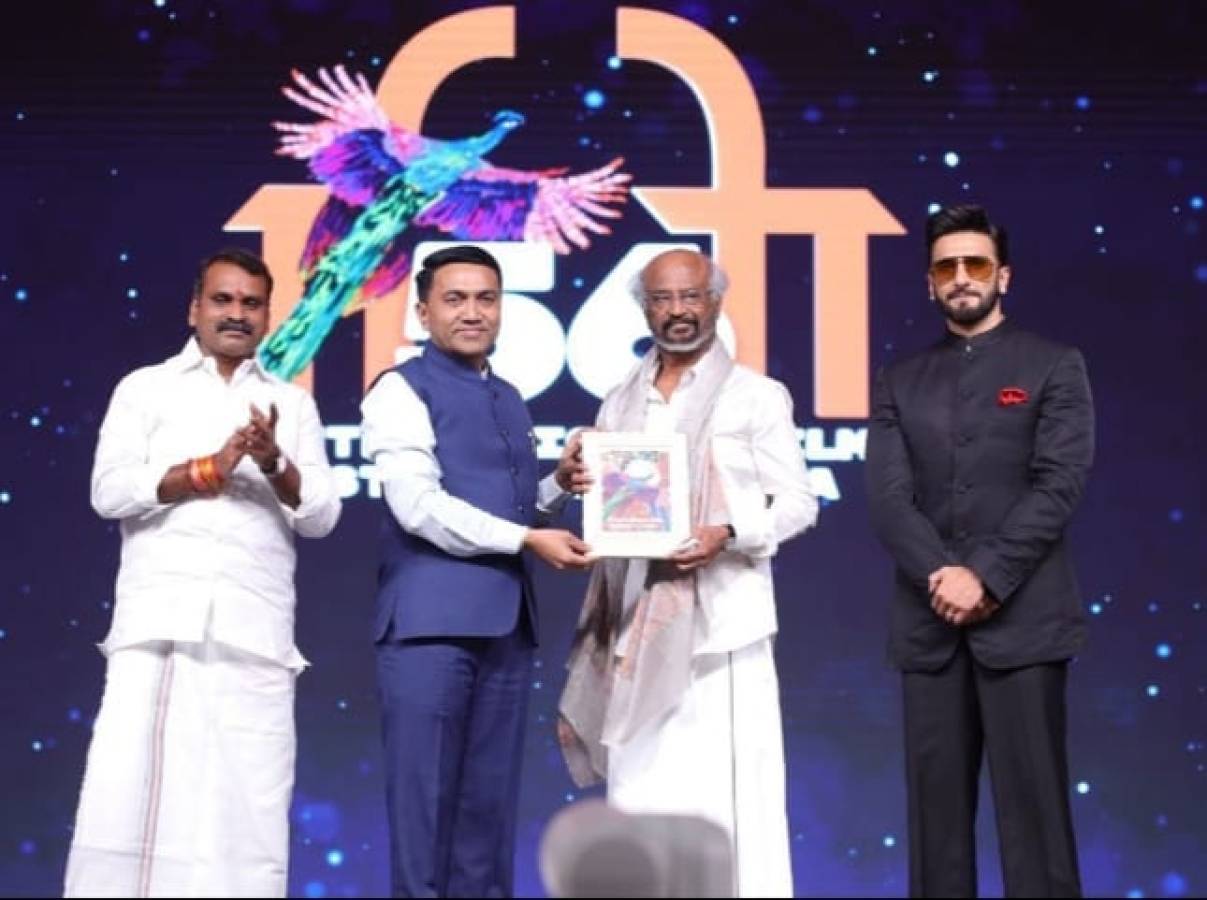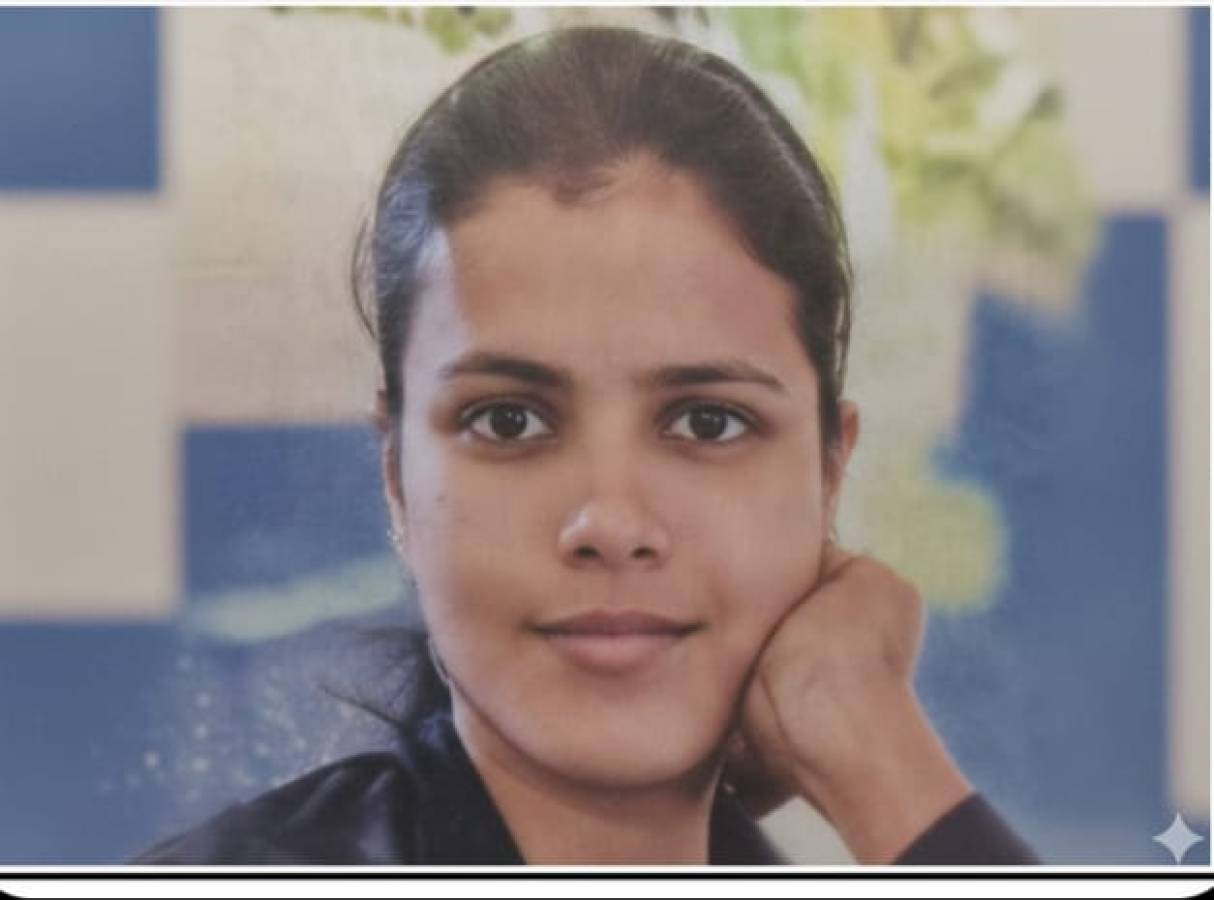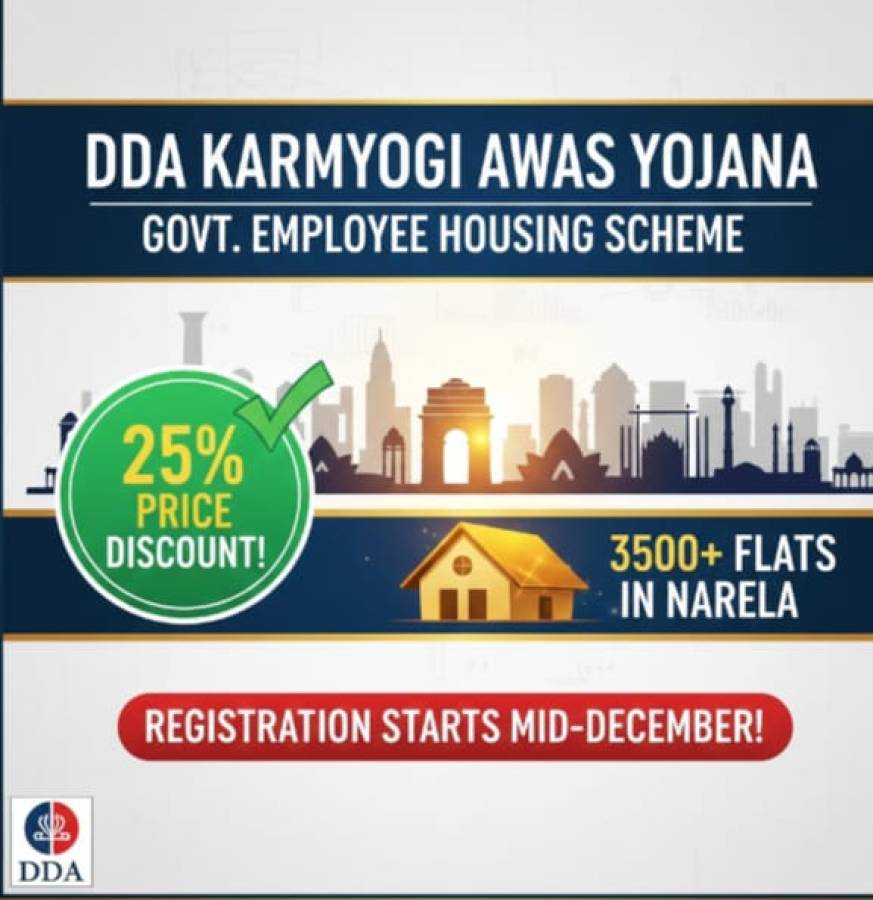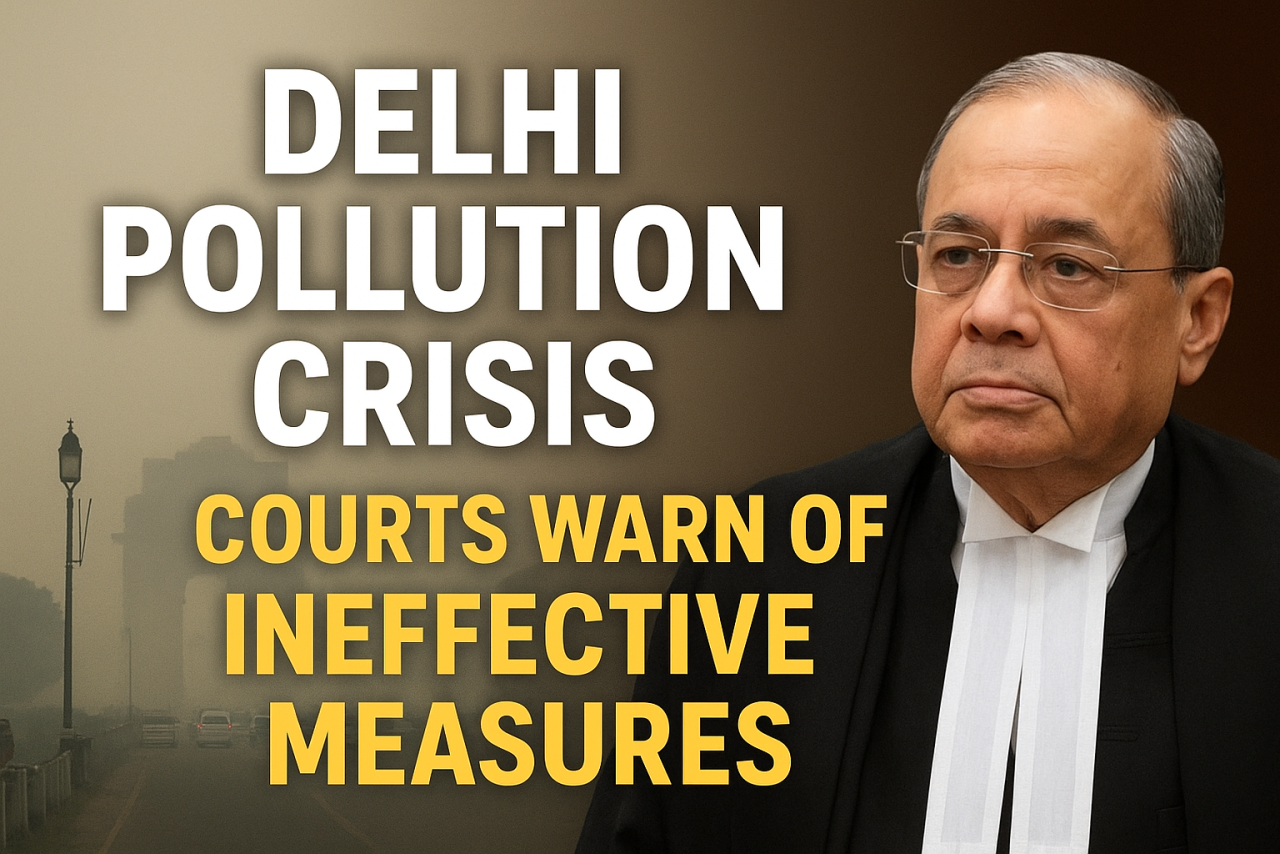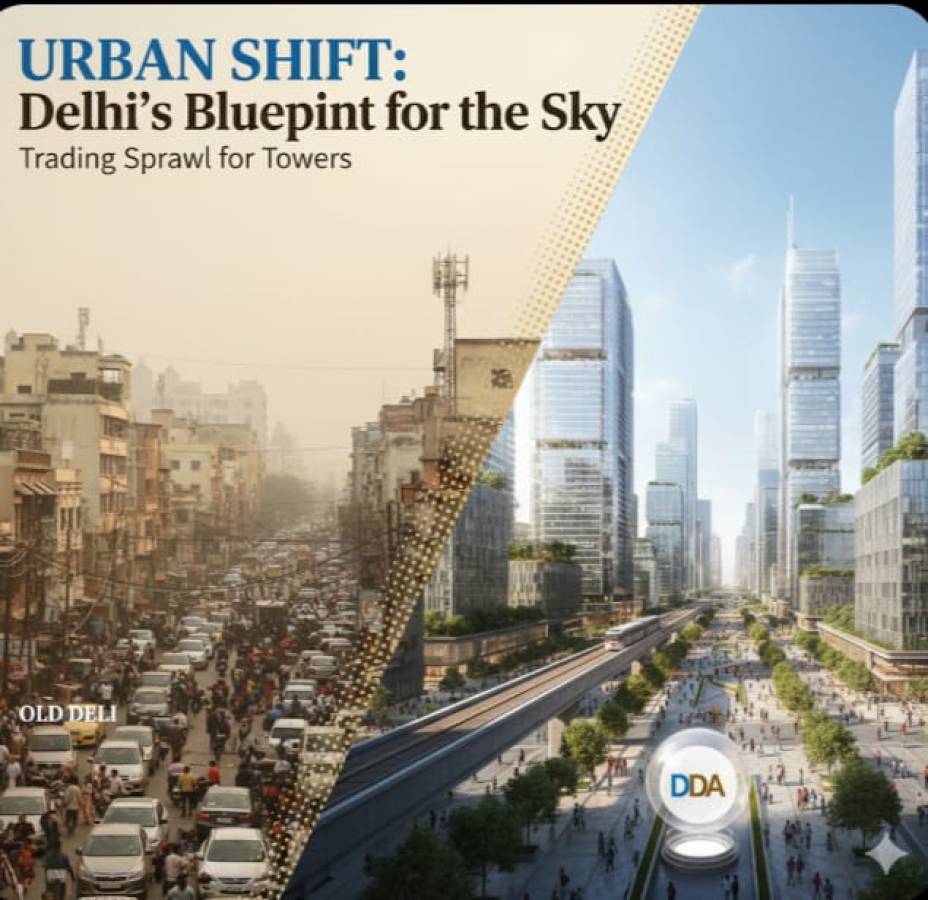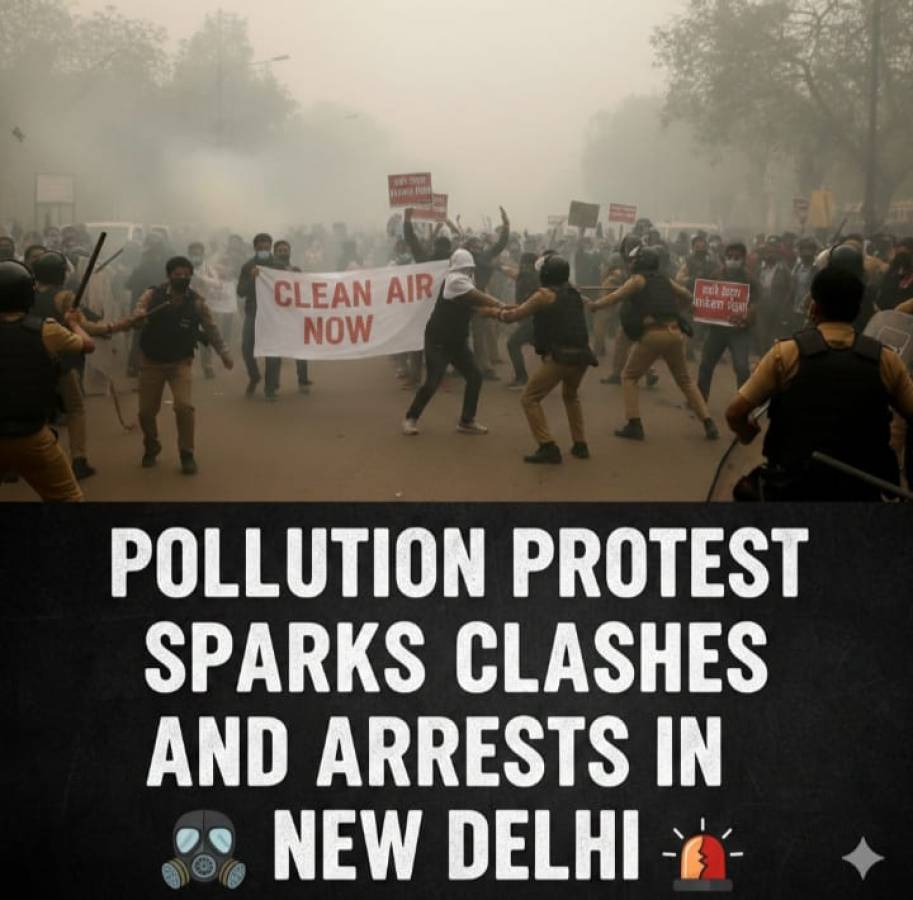.jpeg)
Media in Indian Democracy
The media plays a very important role in a democracy. It informs the public, questions the government, and helps build political opinions. In India, the relationship between the media and politics has changed with time. From the early years of independence to the digital age, the media has influenced public debates and election campaigns.
Media in the Congress Era
In the years after independence, leaders like Jawaharlal Nehru supported press freedom. Newspapers such as The Hindu were known for questioning the government. Nehru once said he would prefer a free press with problems over a controlled press. However, things changed during the time of Indira Gandhi.
In 1975, the government declared the Emergency. Press freedom was restricted. Many newspapers had to send their content for approval. Some protested silently. The Indian Express left blank spaces where news was censored. After the Emergency ended in 1977, investigative journalism became stronger. Stories such as the Bofors scam came to light during Rajiv Gandhi’s time. But most media remained centered in cities. Television was controlled by the government through Doordarshan, which limited diverse opinions.
The Media in the Modi Era
After 2014, a new kind of political communication began under Prime Minister Narendra Modi and the Bharatiya Janata Party (BJP). Digital media became a key tool. Mr. Modi gained millions of followers on platforms like Twitter. His radio program Mann Ki Baat reached large numbers of people, with reports showing over 100 crore listeners in total.
Unlike the past, this communication was not limited to newspapers or TV. Social media apps like WhatsApp, YouTube, and Telegram helped the government share its views directly with the people. These tools reduced the role of traditional journalists in controlling the narrative.
Debates Around Media Freedom
According to a 2023 report by Reporters Without Borders, India ranked 161st in press freedom. There were concerns about pressure on journalists and increasing political influence over news channels. Some channels were seen as supportive of the government. Others, which criticised government policies, faced legal or financial pressure.
Leaders from the Congress Party have expressed concern. In 2019, Rahul Gandhi said that the media was under the control of the BJP. The BJP, on the other hand, said that it had better public support and had broken the dominance of old media groups. Party leaders said that in the digital age, the people create the narrative.
The Challenge of Fake News
Digital platforms allow people to share information quickly. But they also make it easier to spread fake news. A 2020 study by the Reuters Institute found that over half of Indian news readers use WhatsApp. While this helps people access information, it also spreads misinformation. Websites like Alt News try to fact-check content, but it is hard to keep up with the volume.
Media Ownership and Government Ads
Media freedom is also affected by who owns the media. In recent years, large business groups have bought major news companies. For example, Network18 is owned by Reliance, and NDTV is now owned by the Adani Group. Critics worry that such ownership could affect the fairness of news.
The government also spends a lot of money on advertisements. Between 2014 and 2022, the BJP government reportedly spent over ₹5,000 crore on ads. Some people believe this makes media outlets less likely to criticise the government.
Congress and Media Strategy
The Congress Party has not been as successful as the BJP in using digital media. The BJP’s IT cell is known for being active and organised. Congress has tried to improve its digital presence, but it still lags behind in online messaging and influence.
Public Trust in the Media
In a 2023 Pew Research Center survey, 61 percent of Indians said that the media holds the government accountable. This number was 74 percent in 2013. This shows that people are losing some trust in the media. Misinformation and bias remain major concerns.
Final Take
The role of media in Indian politics has changed over time. During the Gandhi era, the media was more dependent on the state but still produced strong investigations. In the Modi era, media outreach has become wider and more direct due to digital technology. However, new challenges have also emerged. These include misinformation, ownership concerns, and reduced space for criticism.
As India’s democracy grows, the media will continue to play a key role. It must balance its responsibilities to inform, question, and represent all voices in society. In the words of Indira Gandhi, “The power to question is the basis of all human progress.” The future of Indian democracy will depend on how the media uses this power.



